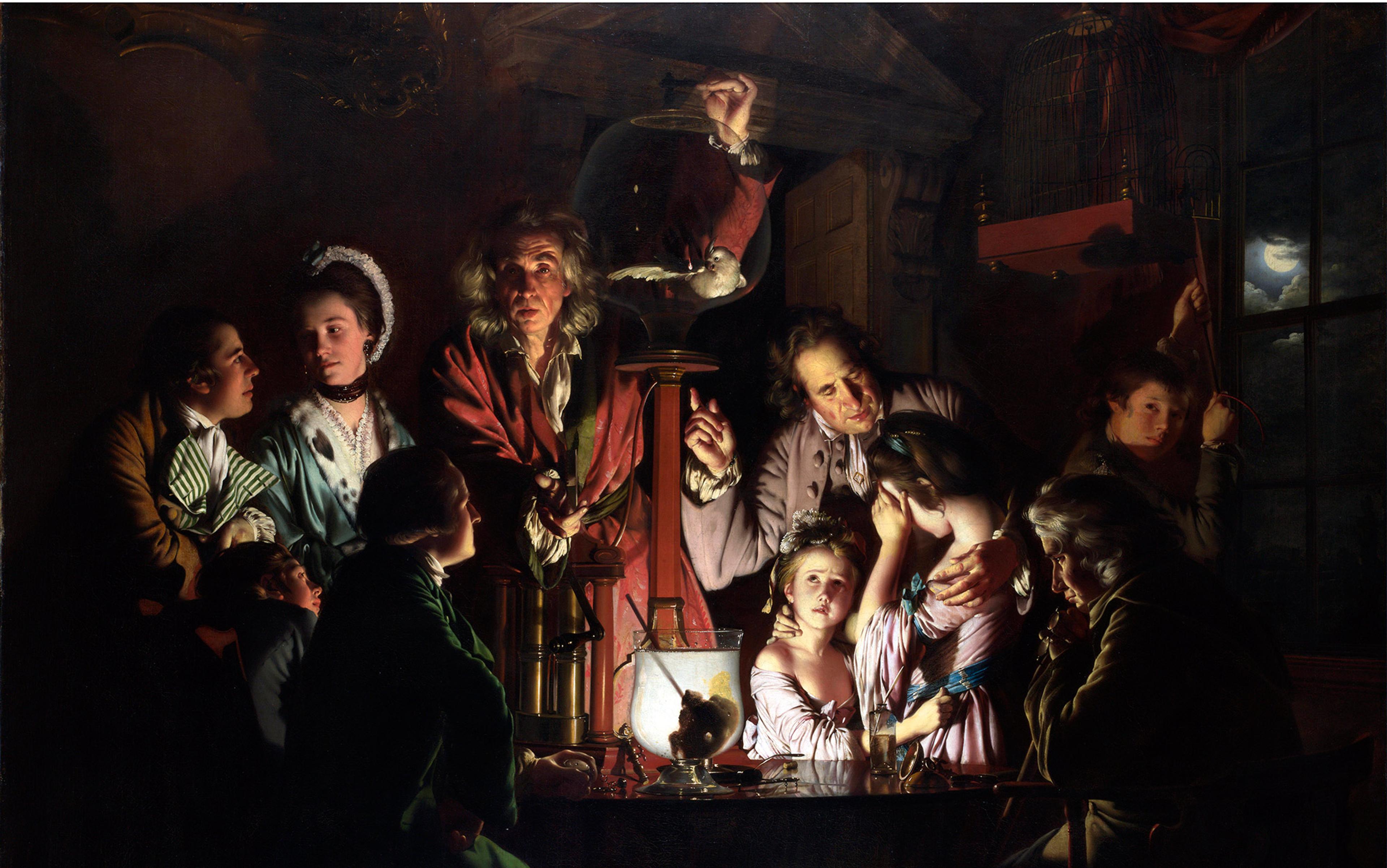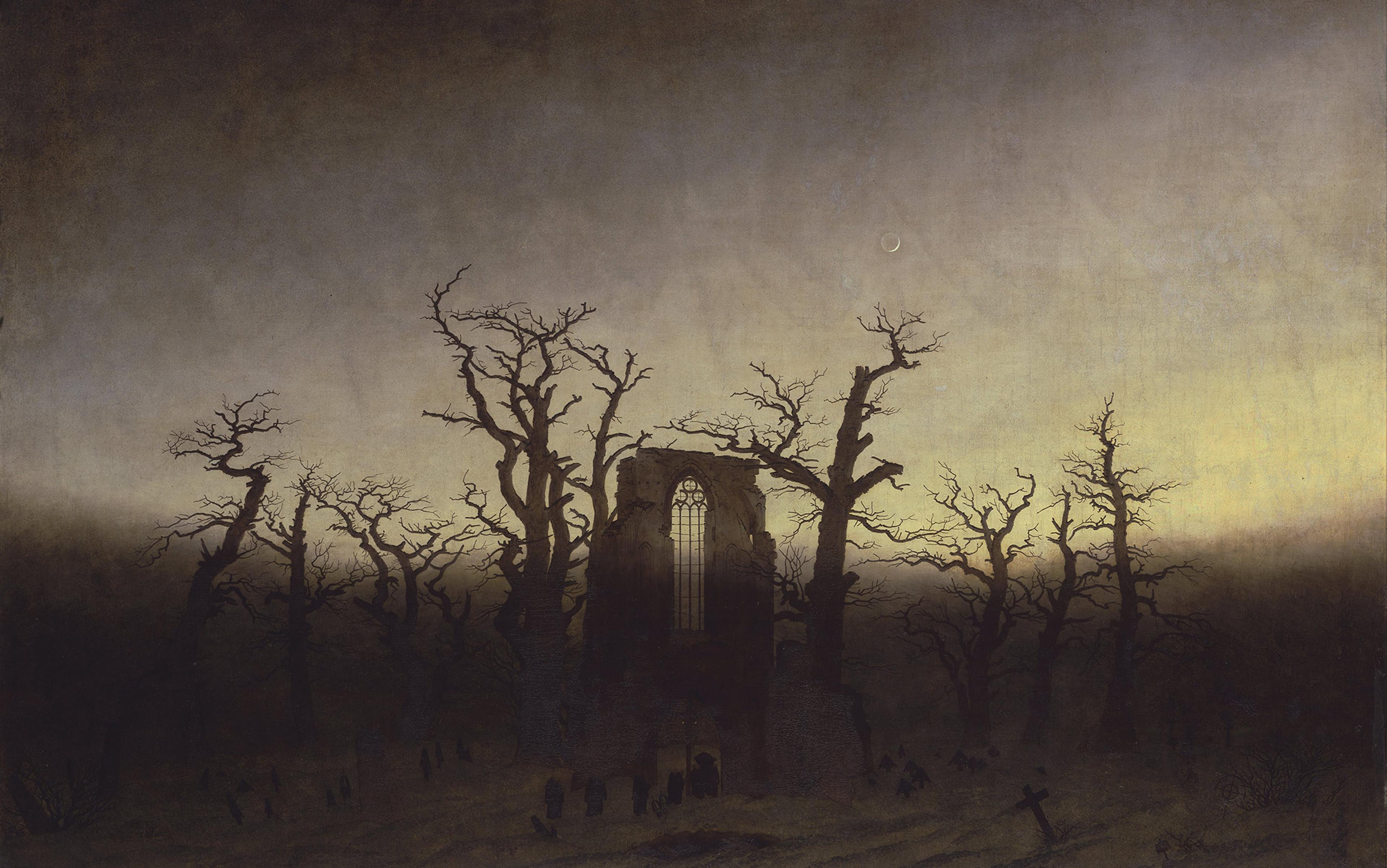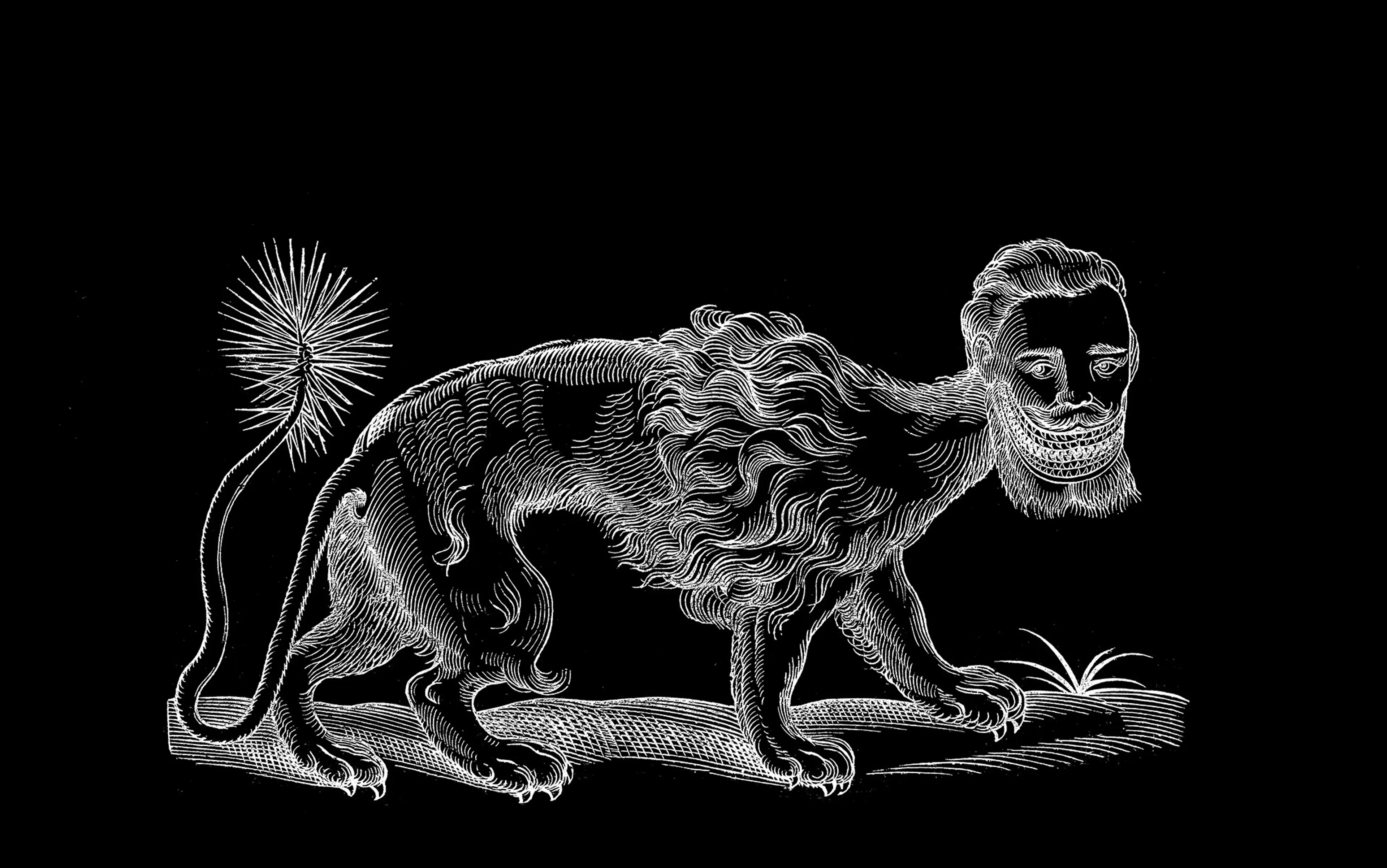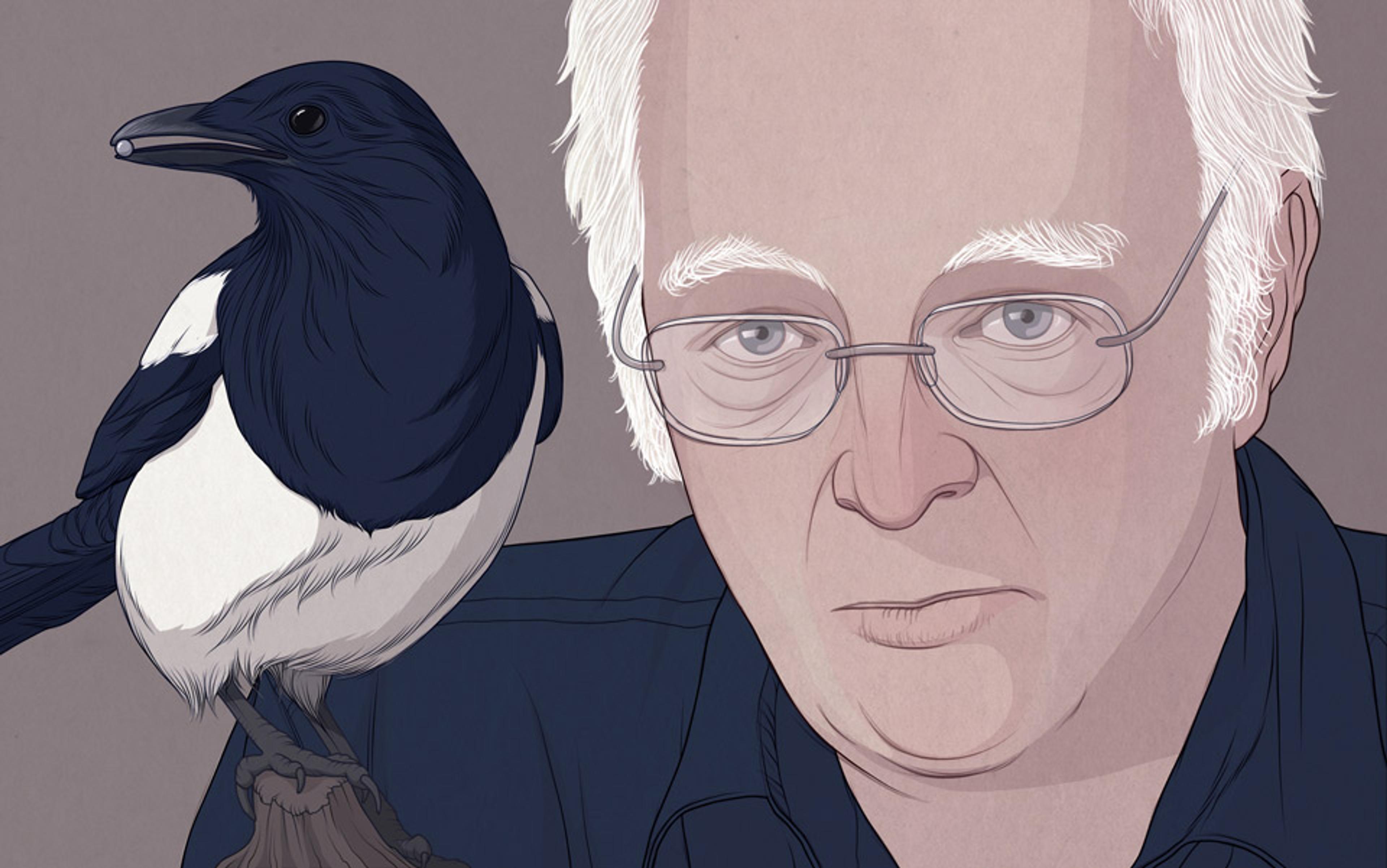On a weirdly muggy night in southern California, I sink into Bleak House by Charles Dickens. Although the Dickensian fog rises from a field of printed characters, it envelops and penetrates me as if it had passed through a medium more sensuous than written words.
The modern imagination longs to be in the grip of that nebulous, peripheral quality of writing that we call ‘atmosphere’. And yet, at least in its literary form, we know very little about it. ‘Atmosphere’ hovers about — indeed seems to rise from — such features of the narrative terrain as character, plot, even setting. Descriptions of the weather signal its presence (It was a dark and stormy night), as do such staples of Gothic fiction as the creaking hinge, the clicking latch, the disembodied melody (provenance unknown). It has something to do with mood and voice, with induced states the specific causes of which are diffuse, neither known nor shown. Because ‘atmosphere’ tends to dissolve the borders between the ordinary senses, depriving them of specific objects that can be located, critics of poetry have identified it with pre-verbal, synaesthetic patterns of flow between mother and infant. Otherwise? ‘Atmosphere’ eludes. ‘Analysis cannot hope to do anything but ignore it,’ the poet-critic William Empson concluded in Seven Types of Ambiguity (1930). ‘And criticism can only state that it is there.’
There is also atmosphere in the natural world, of course, and we ignore it at our peril. It is not enough simply to ‘state that it is there’. Why is it muggy now in the California desert? What is happening to our amnion of air? How much have we contributed to the atmospheric changes that permeate our bodily, mental, social, even moral lives? It might seem frivolous to turn to the effects of language, let alone to those of fiction, for some traction on these questions. But for the sake of experiment, why not?
We can, in fact, turn a century back from Dickens, to the age of experiment itself. The Enlightenment gave us the rise of the novel as a literary genre. It also gave us what the popular historian Steven Johnson called ‘the invention of air’, in a 2008 book of that title. Before the so-called scientific revolution, air was believed to be a medium of divine and demonic communication. The devil himself was ‘the prince of the powers of the air’. Ghosts and angels were known to float there, supersubtle emissaries between this world and the next. In the 18th century, air ascended from these obscurities to become a legitimate object of scientific inquiry. New things were believed about it. Human minds and bodies learnt to move within the sphere of these presumably truer beliefs. Call it climate change.
Three hundred years on, people who ‘believe’ in such atmospheric events as, well, climate change, typically also ‘believe’ in modern science. They believe, that is, in certain procedures for obtaining knowledge, forged in the Enlightenment and based on the consensual validation of measurable matters of fact. For all their apparent firmness, these procedures were partly shaped through the study of the air. A favourite technique for obtaining such knowledge was to eliminate air from the glass bell of an air pump. How to tell that it was gone? Scientists looked to the death throes of the unlucky mouse or bird trapped inside. Hence the air pump’s place at the centre of Joseph Wright of Derby’s 1768 depiction of the achievements of Enlightenment science to date. His ambivalent image breathes life into Steven Johnson’s claim that the scientific revolution made air visible by introducing novel, eye-based technologies for representing it: the thermometer, the barometer, and the air pump itself.
As Karl Marx was to remark in 1867, ‘after the discovery by science of the component gases of air, the atmosphere itself remained unaltered’
Visibility is a leading index of enlightened knowledge: it implies the detachment of the viewer from whatever is viewed. But Wright’s atmosphere of brewing horror reminds us that we are anything but detached from air. We breathe it out as well as in; we are immersed in it. The more one looks, the more Wright’s scientist resembles a magician, and the resemblance reminds us that air itself is not actually visible. How, then, do we know that there is anything there at all? At the very least, while air remains an object of knowledge that can be measured and manipulated, Enlightenment scientists also encountered it as a condition of knowledge, one medium through which knowledge can be communicated (think only of speech). Perhaps it also serves as a figure for the limits of enlightenment, its dissipation into anxiety (that of the female onlookers), projection (witness the magic lantern of the pump’s receiver), and deceit (that of the magus scientist who works the pump).
Robert Boyle’s book New Experiments Physico-Mechanical, Touching the Spring of Air and its Effects (1660) defined the main ingredient of atmosphere — air — as an object of empirical investigation. Boyle devised laws to stabilise and quantify its qualities of elasticity and weight. A little more than a century later, Joseph Priestley’s Experiments and Observations on Different Kinds of Air (1774) broke down Boyle’s ‘common air’ into 14 component gases, including carbon dioxide (‘fixed air’ in Priestley’s lexicon) and oxygen (‘dephlogisticated air’). In some not quite describable sense, Boyle’s air no longer existed. People began talking about it differently, as a composition of what Priestley called ‘factitious airs’. It became something new, in theory and experience, if not in fact. Now it could support the first hot air balloons, the first lightning rods. The 18th century saw the birth of applied atmospheric science, the centralised, systematic models of weather and climate.
These overmastering abstractions took aim at thick local conceptions of the air: at folk wisdom, religious tradition, superstition and fairy lore. These were archaic conceptions, often mysteriously tethered to diffuse, partly mental and partly bodily states: melancholy (the so-called ‘English malady’) for instance, or fear. Yet vaporous traces of these other ways of knowing clung to the ascendant scientific picture. As Karl Marx was to remark in 1867, ‘after the discovery by science of the component gases of air, the atmosphere itself remained unaltered’. Boyle’s scientific writing is often layered, evocative, a vehicle for its own supersubtle communications. He sponsored investigations into second sight. Both Boyle and Priestley struggled with speech impediments — with air as an obstacle and snare of human expression. Priestley’s fanciful names for the atmospheric gases led him to misrecognise that crucial component of air: oxygen. He called it ‘dephlogisticated air’, or air that has been depleted of fire, and the word seduced him into a fundamentally alchemical explanation that got the chemistry of oxygen exactly backwards. Evidently fog doesn’t only linger at the edges of clear thinking about air. It infuses it.
The idea that a haunted and enveloping obscurity might, in some sense, be intrinsic to thought is not a new one. It is, for instance, embedded in the ancient Greek conception of the perieichein, a word whose closest contemporary cognate is ‘ambience’. In antiquity, the concept covered both the physical atmosphere and the symbolic and conceptual environment that encloses us, protecting us from — but also integrating us with — our surroundings.
In English, the word ‘atmosphere’ (meaning literally ‘sphere of vapours’) first appeared in print in 1638, in the necessarily speculative The Discovery of a World in the Moone by the polymath John Wilkins. Wilkins defined ‘atmo-sphera’ as an ‘orb of gross, vaporous air immediately encompassing the body of the Moone’. He also wrote about writing. His 1641 treatise on cryptography speculates about a range of scribal techniques that include scratching letters on windowpanes and ‘then opposing the Glass against the Full Moon’ so that ‘the Letters would appear through it’. Wilkins’s different genres of moon writing, both ill-defined, converge to suggest that the ‘sphere of vapours’ contains not only our fancies, speculations and ungrounded convictions about the atmosphere but the communicative forms in which those thoughts take shape.
In the media revolution that made the Enlightenment possible, the most important such form was print. Movable type is one big reason why the novel rose to popularity. The first novelists worked in the same print medium as the first modern atmospheric scientists. They could at best pretend to claim an objective, external referent for the airs — sometimes climatic, sometimes a matter of social affectation — that their pages visibly registered. Yet pretend they did, and their pretences taught modern readers how to read modern fiction.
‘Reading’ here meant something more than the linear tracking of plots and connections among characters. It also meant finding one’s way into the artificial airspaces that arose from those plots and connections. We might remember the first protagonist of the English novel planting corn and feeding goats and following footprints in the sand. In reality (or what passes for reality), though, Robinson Crusoe spends half his time writing about the weather on his desert island. The tables of words through which Crusoe filters the island air are indistinguishable from the ones that the period’s natural philosophers such as Robert Hooke used to screen information about the weather. The difference is that there was no air on the other side of Daniel Defoe’s verbal medium. ‘There’ was only what the reader put ‘there’, however real it might seem.
By the early 19th century, Gothic novelists such as Ann Radcliffe and Matthew Lewis had perfected atmospheric cryptograms to chill the blood and take the breath away. Such effects are neither real nor purely metaphorical. They bear witness to the ways in which representations can create a world that human bodies really register. In this manner, the atmospheres of Gothic fiction — its sighing hinges and floating music — parody and rebuke enlightened, scientific pretensions to an unmediated comprehension of the air. We don’t know air as air, they imply. We only know it as atmosphere, air’s thick and tremulous representation. And perhaps we will never entirely decipher its mysterious messages.
Fog everywhere, indeed.






